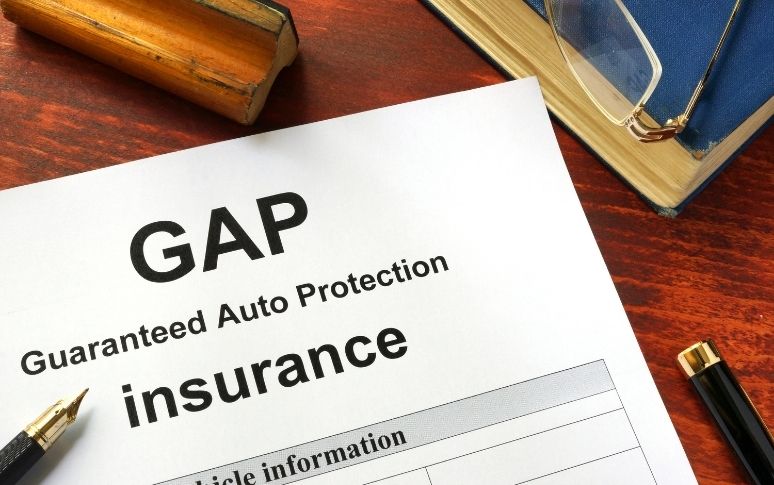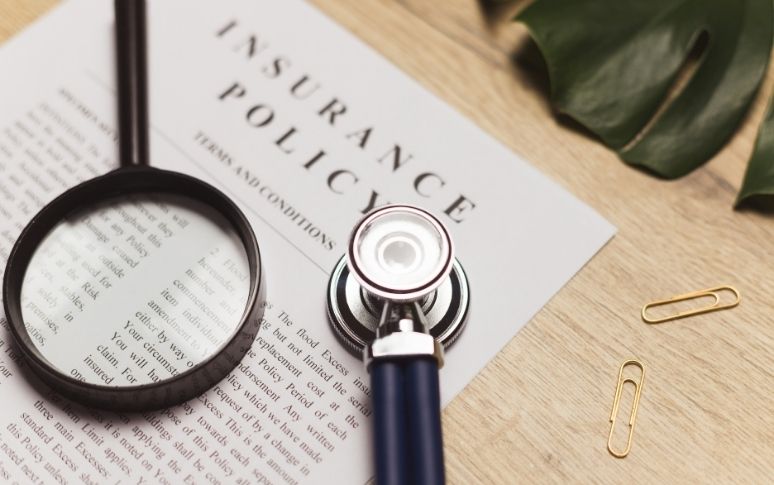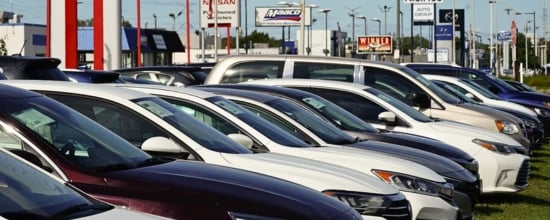Basic Auto Insurance Requirements
Every state mandates minimum liability coverage for drivers. In 2025, basic requirements typically include bodily injury liability ($15,000-$50,000 per person) and property damage liability ($5,000-$25,000 per accident). However, these minimums often prove insufficient for serious accidents, potentially leaving you personally liable for excess costs.
State requirements represent just the foundation of proper coverage. Insurance experts recommend carrying at least $100,000 per person and $300,000 per accident in bodily injury liability, plus $100,000 in property damage coverage to adequately protect your assets.

Essential Coverage Types Explained
Liability insurance forms the cornerstone of auto protection, covering injuries and damage you cause to others. This mandatory coverage includes two components: bodily injury liability, which pays for others' medical expenses, and property damage liability, which covers repairs to others' vehicles or property.
Beyond basic liability, comprehensive coverage protects against non-collision incidents like theft, vandalism, or natural disasters. Combined with collision coverage, these policies provide the robust protection most drivers need, especially those with newer vehicles or outstanding loans.

Personal Injury Protection and Medical Coverage
Personal Injury Protection (PIP) coverage provides essential medical expense coverage regardless of fault. This coverage extends beyond just medical bills to include lost wages, rehabilitation costs, and even essential services like childcare during recovery.
In no-fault states, PIP coverage is mandatory and typically ranges from $10,000 to $50,000. Even in states where it's optional, PIP offers valuable protection against high medical costs and lost income, making it a wise choice for most drivers.

Understanding GAP Insurance
GAP (Guaranteed Asset Protection) insurance bridges the difference between your car's actual cash value and the amount you still owe on your loan. This coverage becomes crucial in the first few years of car ownership when depreciation often exceeds loan payoff rates.
Consider this scenario: Your $30,000 car is totaled, but insurance only pays $25,000 based on current value, while you still owe $28,000. Without GAP insurance, you'd be responsible for the $3,000 difference, making this coverage essential for new car buyers.

Special Coverage Considerations
Modern driving patterns require additional coverage options beyond standard policies. Rideshare insurance fills coverage gaps for Uber and Lyft drivers, while custom equipment coverage protects aftermarket modifications.
Roadside assistance and rental car coverage provide practical benefits for daily drivers. These supplemental coverages often cost just a few dollars monthly while preventing significant out-of-pocket expenses during emergencies.

Factors Affecting Insurance Costs
Insurance premiums depend on multiple factors, including age, driving history, and vehicle type. In 2025, average premiums range from $800 to $2,500 annually, but costs can vary significantly based on individual circumstances.
Location plays a crucial role in determining rates, with urban areas typically commanding higher premiums due to increased accident risk. Credit scores also impact rates in most states, with better scores potentially reducing premiums by 20% or more.

Maximizing Coverage While Minimizing Costs
Strategic deductible selection can significantly reduce premium costs. Raising your deductible from $500 to $1,000 might save 10-20% on premiums, but ensure you can afford the higher out-of-pocket expense if needed.
Many insurers offer discounts for safe driving records, multiple policies, safety features, and defensive driving courses. Taking advantage of these discounts while maintaining adequate coverage levels helps optimize protection while controlling costs.

Making Informed Coverage Decisions
Regular policy reviews ensure your coverage adapts to changing needs. Major life events like buying a home, marriage, or adding teenage drivers often necessitate coverage adjustments.
Consider your asset protection needs when selecting coverage limits. High-net-worth individuals might benefit from umbrella policies providing additional liability protection beyond standard auto insurance limits.















